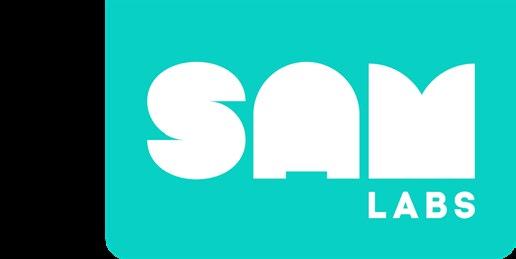
探索棲息地










Why do you think the baby turtles head to the ocean, and not to the forest?



Are these turtles heading towards the ocean?
Why do you think they choose to live on land?


What do we know about habitats?






Challenge and Essential Question
As a marine biologist, you need to find sea turtles to study.

How might you identify areas where sea turtles are most likely to be?
您如何確定海龜最有可 能出沒的區域?




What unique features of a sea turtle habitat does this system represent?
這個系統代表了海龜棲息地 的哪些獨特特徵?




讓我們來探索一下這個系統是如何工作的!
Let’s explore how this system works!

Complete the following tests on this Explore system

Explore Sunlight


我們如何改變光感測器 檢測到的光量?
How can we change the amount of light the light sensor detects?
Explore Currents
How can we change the speed of the DC Motors to better reflect the speed of an ocean current?
我們如何改變直流電機的 速度以更好地反映海流的 速度?





A vertebrate animal recognized by its dry, scaly skin.
爬行動物
一種脊椎動物,
以其乾燥、有 鱗片的皮膚而 著稱。
Sea turtles are unique creatures! 探討

Migration
The seasonal movement of animals from one region to another
遷移 動物從一個地區到另一 個地區的季節性移動
Habitat
The natural home of a plant, animal, or organism
Unique Special, different from others
獨特 與眾不同,與眾不同
海龜是獨特的生物! 棲息地 植物、動物或有機體 的天然家園



Which word does not match with the picture?
Explain how you know!

Sea Turtles are fascinating animals! 迷人的動物




There are different species of sea turtles, green sea turtles, loggerhead sea turtles and leatherback sea turtles.
Teacher - led instruction



這是佛羅里達周圍洋流的地圖。


您注意到地圖上溫暖地方的水流是什麼?
Teacher - led instruction



一隻成年雌性紅海龜!讓我們 看看她喜歡去哪裡。


Teacher - led instruction




你注意到洋流地圖和海龜追蹤地圖的什麼?


Teacher Led Instruction


Use these to answer today’s essential question: How might you identify areas where sea turtles are most likely to be?

Click the pictures to follow the links to National Geographic Kids to learn more about the 3 different species of sea turtle.



Student - led summarization








按兩下以啟動洋流的互動式地圖。







在哪裡可以找到海龜?
我們注意到最有可能發 現海龜的地區的洋流是 什麼?
Student - led summarization




Teacher - led or Student - led


我們如何修改我們的系 統來檢測是否有足夠的 光線? 挑戰 1
海龜既需要陽光,也需 要快速的水流.


結合在探索階段構建的兩個系統!此外,請務必模擬產 生溫暖、快速電流所需的最小光量。

您的團隊可能很難想出應對當今挑戰的解決方案。如果這樣做,是時候進行調試了!


Think: What about my system isn’t working? You need to first identify the error!



Be sure to check the settings on the blocks!
Use the lines connecting the blocks to see how data is flowing. If its blue, data is flowing!
Check that you have an input and an output! If you have a numeric input, you need to use a numeric behavior block!

Make adjustments and see if you fixed your problem. If not, don’t give up! Just try again!



海龜既需要陽光,也需 要湍急的水流。
我們如何修改我們的系統, 以提醒我們是否有足夠的光 和電流來容納? 挑戰 2

• 您的系統應該:
• 當有足夠的陽光時提醒 我們
• 當洋流快速而溫暖時提 醒我們。
這將表明附近可能有 海龜。



您的系統如何類比海龜 對陽光和洋流的需求?
你能向你的小組成員解 釋一下系統中每個塊的
用途嗎?


Light = 80
Current Speed = 10
光= 5
海流速度= 2
Light = 55
Current Speed = 11
Light = 90
Current Speed = 7
Light = 75
Current Speed = 9
使用這些數據,您的系統能否告訴我們 是否有可能在每個位置找到一隻?
Light = 30
Current Speed = 4
Light = 10
Current Speed = 1






您如何確定海龜最有可 能出沒的區域? 與您的團隊一起回 答我們的基本問題!

你能在回答中使用我們的詞彙嗎?



將每隻剪切並粘貼到我 們最有可能找到它們的
位置!





1. 用粘土或其他課堂材料製作海龜, 修改你的系統以充當汽車,然後在 水流和光線恰到好處時連接你的海 龜移動!
2. 如果溫度低於 80 度 (F),小海龜 將是男孩,如果溫度更高,它們將 是女孩!創建一個系統來預測海龜 蛋是否會孵化並成為男孩或女孩!